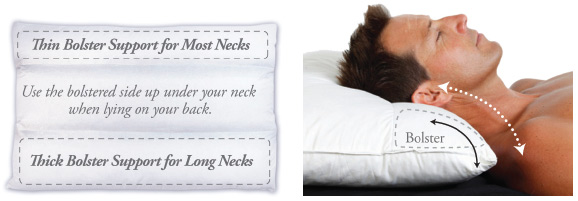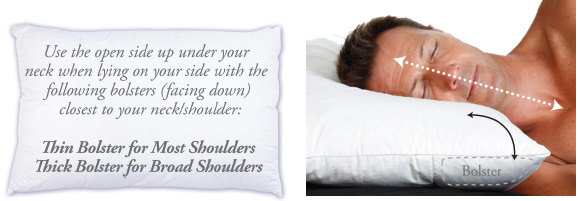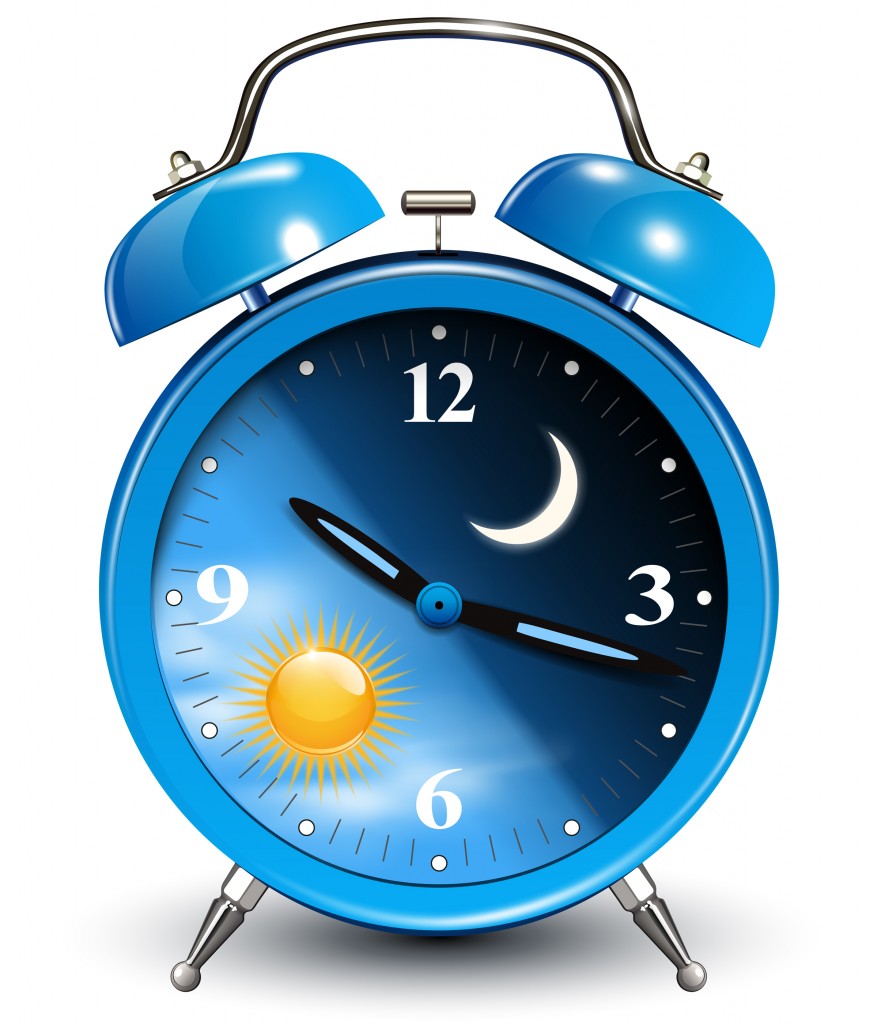 Anyone who’s ever experienced a migraine knows how debilitating it can be.
Anyone who’s ever experienced a migraine knows how debilitating it can be.
In addition to consulting with your doctor, there are many simple, safe things you can try that may reduce the frequency and severity of migraines. Today we’d like to focus on diet — specifically how what we eat and drink can affect our migraines.
Let’s examine what types of foods and drinks can help reduce migraines, as well as some of the things a migraine sufferer should avoid.
Help Prevent Migraines by Eating the Following:
RIBOFLAVIN
Also known as B2, riboflavin has been shown to help reduce the occurrence of migraines dramatically. A healthy daily intake is somewhere around 400mg. You’ll find vitamin B2 in crimini mushrooms, asparagus, low-fat milk, spinach, calf liver and quinoa. It can take up to 2-3 months of taking enough riboflavin daily before you notice any real difference in the frequency and severity of your migraines.
MAGNESIUM
Similar to riboflavin, many people are magnesium deprived and don’t know it. Raising your daily intake to about 450mg per day can help put migraines at bay. Spinach and Swiss chard are excellent sources of magnesium, as are bananas, sunflower seeds and sweet potatoes. Magnesium is also a key ingredient in keeping blood vessels functioning normally.
OMEGA-3 FATTY ACIDS
Found predominantly in cold-water fish like halibut, salmon, tuna and sardines, omega-3 fatty acids have an array of benefits for the body — including improved heart, skin and brain health. With improved brain health comes diminished migraines. Don’t worry, if you’re not a fish person you can also get your daily dose of omegas from non-fish sources like flax seeds. The easiest way to accomplish this is by using a quality product like Udo’s Choice Omega 3-6-9 blend, which can be found in gel tab and liquid form.
WATER
You’ve probably heard that an adult’s body is made up of 50-65% water. Like everything else we’ve mentioned so far, many people don’t get enough of it. When our bodies are dehydrated, headaches and migraines can occur. It’s important to stay hydrated through out the day, but if you feel a migraine coming on grab a refreshing glass of water or two and see if it helps.
Help Prevent Migraines by Avoiding the Following:
SALT
High amounts of salt can induce a migraine. Once you start reading food labels, you may find high concentrations of salt in places you didn’t expect. Soups are notorious for having high amounts of salt (also called sodium), but did you know even a can of soda contains salt? Become label savvy and you just might get less migraines.
FAT
Aside from being bad for your heart and arteries, too many “bad” fats like cholesterol and triglycerides can sometimes cause an increase in migraines. Reduce intake for overall improved health.
COFFEE
I’m a coffee lover, but I’ve experienced first hand how too much coffee can cause a migraine. Some studies have shown that the caffeine in coffee, in small amounts, can actually stay off a headache. The key words here are “small amounts.” In larger quantities, caffeine of any kind can bring on a migraine, sometimes incredibly quickly.
RED WINE
Many red wines contain sulfites, which are preservatives that have been linked to migraines. If you notice that you’re frequently getting headaches after a glass of red wine, it’s quite possible the wine is the cause.
Keep a Food Diary
This is a critical component in figuring out what helps, and what triggers migraines. I had found that a glass of wine with dinner, followed by a cup of coffee was a migraine-inducing combination. I’ve also known people that got migraines whenever they ate bacon (high sodium) and chocolate at the same time. With a food diary, you’ll quickly be able to discern what foods are helping or hurting your body, making it easier to make dietary changes that can improve your life.
If you liked this article, please follow us on Facebook for more health-related tips.
Thank you for visiting Natural Comfort Pillow!







